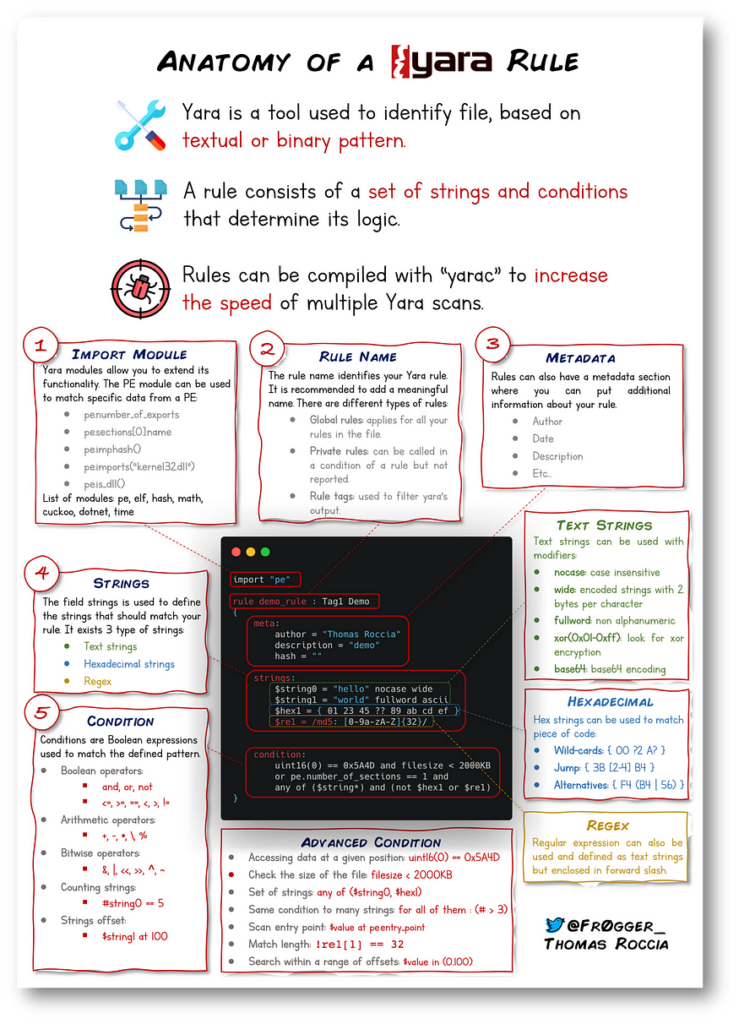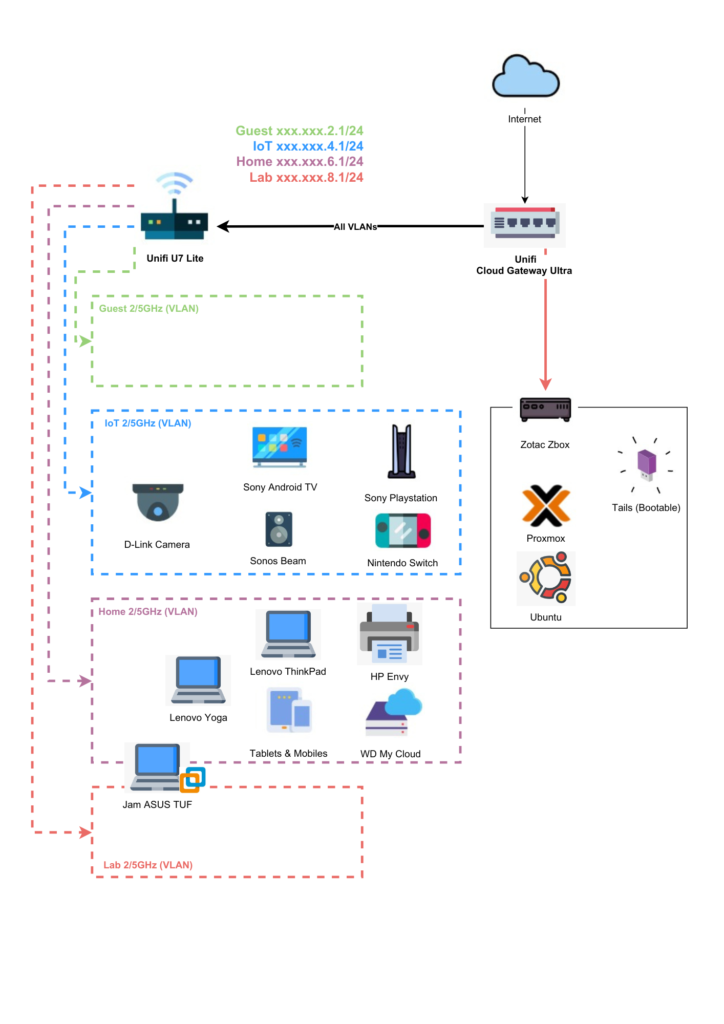The 4 Pillars of IAM: Your First Line of Defense in Cybersecurity
If you’re new to cybersecurity, there’s one concept you’ll hear over and over again: IAM — Identity and Access Management.
It’s not just a login system. IAM is about making sure the right people have the right access to the right resources — and nothing more. At the core of IAM are four key principles:
Identification, Authentication, Authorization, and Accountability
Together, they help uphold the foundation of security: the CIA Triad — Confidentiality, Integrity, and Availability.
Let’s break them all down with real-world examples so it actually makes sense.
1️⃣ Identification – “Who are you?”
This is the process of claiming an identity. It’s how a system knows who is trying to access it.
Example:
Entering your username or tapping your ID badge at a door scanner.
How it supports CIA:
Confidentiality: By knowing who’s requesting access, the system can begin filtering who should or shouldn’t see certain data.
2️⃣ Authentication – “Prove it.”
Once you’ve claimed an identity, you need to prove you are who you say you are.
Example:
Typing in a password, scanning your fingerprint, or entering a 2FA code from your phone.
How it supports CIA:
Confidentiality: Prevents impersonation and protects against unauthorized access.
Integrity: Keeps data safe from unauthorized changes by fake users.
Remarks: What is MFA
Multi-Factor Authentication (MFA) adds an extra layer of security to Identity and Access Management (IAM) by requiring users to verify their identity through two or more factors. These factors typically fall into three categories: something you know (like a password), something you have (such as a smartphone or hardware token), and something you are (biometric data like fingerprints or facial recognition). By combining multiple factors, MFA makes it significantly harder for unauthorized users to access systems, ensuring that even if one factor is compromised, the others still protect the account.
3️⃣ Authorization – “What can you do?”
Once you’re identified and authenticated, authorization controls what actions you’re allowed to perform.
Example:
You can read a document, but not edit or delete it. Or you can access HR files, but not financial records.
How it supports CIA:
Confidentiality: Limits access to sensitive information based on roles.
Integrity: Ensures only authorized users can modify data.
Availability: Helps reduce risk of system abuse or overload by restricting unnecessary access.
4️⃣ Accountability – “Who did what?”
Accountability means tracking user actions and maintaining audit logs. It ensures users are responsible for their actions.
Example:
Logging who accessed a document, who made a change, or who tried to log in at 3 a.m. from another country.
How it supports CIA:
Integrity: Detects and investigates unauthorized changes.
Availability: Helps track misuse or abuse that could impact service.
Confidentiality: Provides insight into unauthorized access attempts.
Final Thoughts
IAM isn’t just about logging in — it’s about trust. Trust that only the right people can access the right resources, at the right time, and that there’s a clear trail of activity.
Identification, Authentication, Authorization, and Accountability — are more than just steps. They’re essential building blocks that support the CIA Triad and help keep systems secure, efficient, and resilient.



